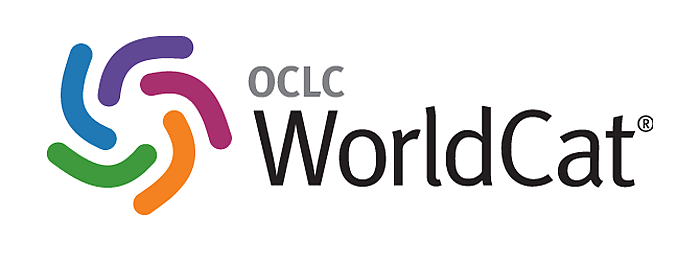ENHANCING WEIGHTLIFTING PERFORMANCE PREDICTION THROUGH NEURAL NETWORKS
Abstract
Aim. This study explores the application of a neural network, developed using MatLab©, to predict weightlifting performance and compares these predictions against well-known classifiers, namely classify and fitcknn. Materials and methods. Our dataset comprises performance metrics related to the hang clean technique, collected from 17 athletes across successful and unsuccessful attempts. This study employs a feedforward neural network with the indices under study as input nodes, a single hidden layer of twenty neurons, and an output layer of two neurons. Due to insufficient data, additional indicators were suggested through one of the following approaches: 1) separately for both successful and unsuccessful
attempts, the variance and mean for each indicator were calculated without bias. Following this, each indicator was generated using a normal distribution with a pre-defined mean and standard deviation; 2) the variance and mean for each indicator were calculated over the entire range of successful and unsuccessful attempts. Following this, each indicator was generated using a normal distribution with a pre-defined mean and variance. After refining the dataset, the data was fed into a neural network, leading to enhanced classification outcomes. Results. The analysis indicates that the classification accuracy achieved via the neural network is at least as good as that of the kNN classifier and significantly surpasses that of the classify classifier. Conclusion. The results obtained from the neural network can serve to predict the probability of an athlete’s success, based on their unique characteristics.
References
References on translit
Copyright (c) 2024 Human. Sport. Medicine

This work is licensed under a Creative Commons Attribution-NonCommercial-NoDerivatives 4.0 International License.















